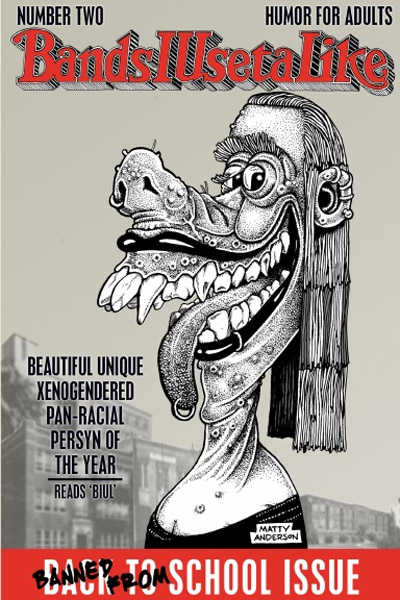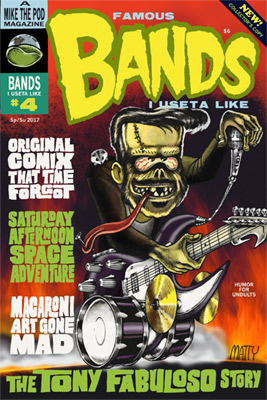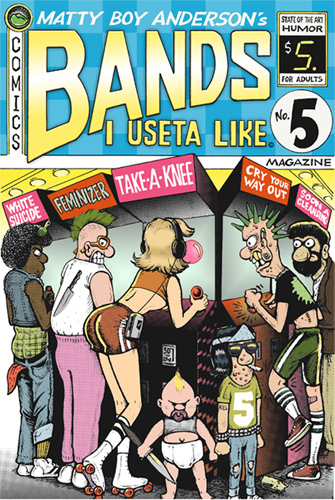Unless you were alive and paying attention in the 1980s, you probably didn’t know that Transformers weren’t the first toys in America that changed into vehicles. “GoBots” were.
Transformers came from Rhode Island’s Hasbro, in 1984. GoBots came from Tonka, makers of fine metal toy trucks, in 1983. That may be why Hasbro did everything right, from the start- they saw what Tonka had already done wrong. And oh boy… Tonka did just about everything wrong.
The toys weren’t the problem; in fact, GoBots were more affordable, and they were roughly the size of Hot Wheels cars. They had mostly die-cast metal parts, making them feel like Matchbox vehicles. This was due to Tonka’s licensing of Bandai robot toys, from Japan.
But the toys were all Tonka got right.
I would bet cash money that even if you hate Transformers, you know four characters: Optimus Prime, Megatron, Starscream and Bumblebee. All four have starred in billion-dollar movies over the past decade. They’re as well-known as any Marvel or DC superheroes you could name, across the world. That’s a credit to perhaps the smartest marketing move in the history of toys.
Hasbro went to Marvel Comics themselves, and conscripted guys like Bob Budiansky and Denny O’Neil to carve a great mythos for their upcoming toys. O’Neil and Budiansky gave us Optimus Prime (Latin for “best first”) and Megatron, respectively , so the legends say. Hasbro originally balked at naming a toy something that sounds like a bomb, but Budiansky argued that it was a perfect fit for the lead badguy. Bob was right.
Sometime earlier, in 1983, some regular Joe punched the clock at the Tonka factory. This morning’s task: name these buncha robots from Japan, so’s we can sell ’em to the kids. Joe says, what do I know about alien robots, I make trucks so’s the kids can play in the dirt. Despite his apathy, Joe sips his black coffee and gets to work.
First of all- whadda we call these things? Well, they’re little robots that turn into cars. Cars go. Go… bots. GoBots. DONE.
Okay, they’re aliens? Whadda we call their whatchamacallit, the place they come from? It’s all electronic and such, ‘cuz they’re robots. Boom; Gobotron. They come from Gobotron. DONE.
The good guys, they’re always trying to guard the planet, and that’s good, so we’ll call them Guardians. The bad guys don’t go along with all that, so we’ll call them the Renegades. Boom. DONE.
Now we need leaders to lead the two groups. This fighter jet robot is pretty cool; he gets to be the number one guy, the leader. His name can be Leader-1. Boom. DONE.
Now, for the leader of the bad guys, the Renewhatevers… this cycle robot has a mean face, so let’s use him. Bikers are pretty evil in all those movies, and they kill people a lot. Cycle… kill… Cy-Kill.
Joe checks his Timex watch. It’s 9:30 am.

The better toys are over that way, and the name is spelled differently… it’s spelled “Transformers” for some reason.
Hanna-Barbera, the animation studio most known for The Flintstones and The Jetsons, was contracted to produce an accompanying TV series for Tonka’s new toyline, titled Challenge of the GoBots. The challenge lies in watching any episode from beginning to end. When The Transformers premiered in fall of 1984, it was so superior in comparison, GoBots never fully recovered, even though they had come first. Some highlights:
- Transformers had a kid-appeal character that turned into a superdeformed yellow Volkswagen Beetle, called “Bumblebee”, after his bee-like coloration. GoBots had a little red guy that talked like Pidge from the old Voltron show, who turned into a scooter. He was called “Scooter”.
- Transformers had a tough old veteran robot that turned into a red van and died hardcore in the 1986 movie, called “Ironhide”, inspired by the Raymond Burr show Ironside. His motto was “High tech circuitry is no replacement for guts.” GoBots had a red sportscar that went very fast called “Turbo”. He said “Time to go!” a lot.
- Transformers had the conniving and indelible villain Starscream, commander of a team of evil fighter jets, each with his own personality. However, all of them were male; GoBots had the girl character first, with a female car who liked to crash into things. She was named “Crasher”. Her comrade was a blue guy who turned into a helicopter. He was called “Cop-Tur”.
- Transformers had robots that turned into mechanical animals, combined into giants, and eventually claimed cities and planets in their repertoire of “alternate modes”. GoBots had characters that turned into rocks.
- Transformers forged a mythology that spanned millions of years, diving deep into their motivations and their very reasons for being what they are. GoBots are actually humans that built robotic bodies to operate for whatever purpose. They’re not even sentient robots! They’re cyborgs!
- Transformers gave the noble Optimus Prime colors that subconsciously evoke the American flag; red, white and blue. The evil Megatron was gunmetal-grey, because he turned into a gun, and because he didn’t have time for some fancy-schmancy color scheme. GoBots made Leader-1 as dishwater-hued as his personality, and the guy with “Kill” in his name got the patriotic look.

That’s right. He gets to stare at his front wheel, in a prone “bottom” position. I’d want to kill too.
The tragedy isn’t just that Cy-Kill’s name is an insipid pun; worse names have been forgiven in the history of 1980s toy franchises (see “Hun-Gurrr”, a Transformer currently popular enough to be hard to find on shelves). It’s that second syllable, after the hyphen.
It’s verrry hard to sell a toy with “KILL” in the name.
The chances that there will ever be a new Cy-Kill toy, under that moniker, are remote. Coupled with his weak persona, this ensures that Cy-Kill will only ever enjoy inside-joke status, forevermore. Even after it stops being funny. (Also Hasbro bought out the GoBots franchise long ago, to properly cement the genre they almost single-handedly created.)
If you read Transformers comic books around 2002, you got them from Dreamwave, the doomed imprint whose greatest success was winning the license from Hasbro. Dreamwave’s art (aside from the bloated renderings of its founder) was nonpareil, because the artists were expecting huge paychecks they never received. That money all went to Humvees and Porsches for Dreamwave’s founder to toodle around Toronto in. As for Dreamwave’s writing standard; there was the veteran Simon Furman from Marvel UK, and some fan-fiction writers from the aging toilet of usenet. Furman’s work was serviceable to great, as usual; this is the man who created Primus, and The Fallen, after all- but when it was someone other than Simon, you knew. Bolded words in dialogue balloons were random and arbitrary, in no way reflecting the cadence or accent of the intended speaker. The art was almost always beautiful, when you could tell what was going on at all, and when there were no humans. Because oh my god, not a single artist in the Dreamwave stable could draw a human face. It was as though they’d never seen one, outside of Japanese anime. Founder Pat Lee was so terrible at it that he was retrofitted for an old MST3K joke, and it was absolutely deserved.
Anyway; in the old Dreamwave comics, a tradition was forged, wherein the partial corpse of Cy-Kill would be visible in the background. Granted, he works better as a dead prop, because he can’t really be called out by name, and he’s never gonna hit the shelves again. It’s almost implied that nobody likes him, everybody hates him, Cy can go eat worms.
It was sort of funny… until about the 50th time it happened. Then it just became sad. A shopworn gag. A broken crutch (or kickstand).

Cy-Kill and the GoBots even got their own universe under the Transformers multiverse umbrella. I think Unicron ate it.
Intrinsically lame ’80s villains like Skeletor and Mumm-Ra get love these days, though it’s not the popularity that Megatron enjoys. Cy-Kill is all but forgotten. I myself have a “Deluxe” Cy-Kill toy, which is far more interesting than his depictions in the media ever were. It’s a great toy, with rubber wheels, chrome rims and accents, and a heavy die-cast metal body, painted in white and red enamel. Despite this, and other new (tenuously licensed) “Machine Robo” figures that have appeared, Cy-Kill will never make a proper comeback. He will never have new adventures.
Such is the Tragedy of Cy-Kill.
















You must be logged in to post a comment.